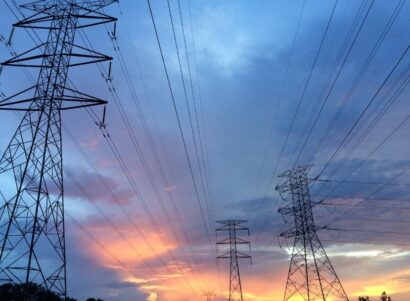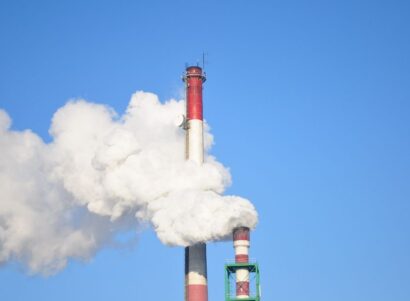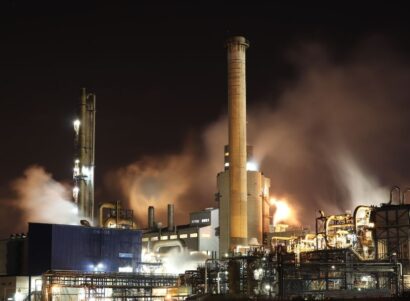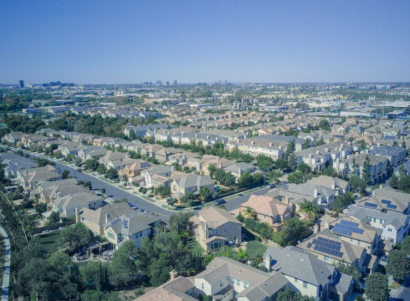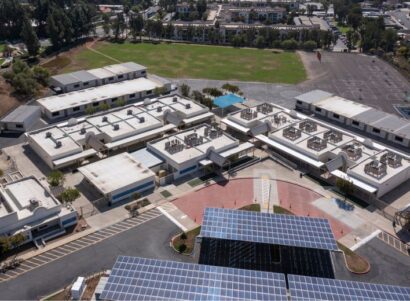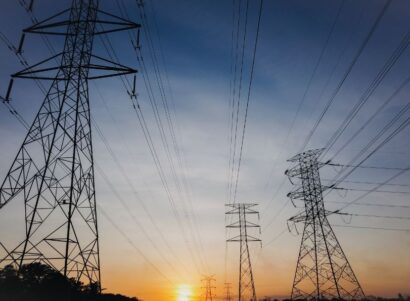On May 20, 2025, PSE Healthy Energy presented the state of the science on how gas stoves contribute to indoor air pollution and pose a risk to public health at a closed-door event held at the Palace of Westminster. The event was sponsored by MP Afzal Khan as part of his work to focus on the causes and health impacts of air pollution. Cosponsors were the Global Action Plan, a United Kingdom environmental charity working on planetary and human health, and CLASP, an NGO focused on home appliance efficiency, who together presented a package of proposals to members of parliament that would help people transition away from gas cooking.
Senior Scientist Eric Lebel and Air Quality Scientist Yannai Kashtan presented years of research by both PSE Healthy Energy and Stanford University on the hazardous air pollutants that come from unburned gas leaking from stoves, as well as the pollutants that result from burning gas to cook.
Health risks from burning gas to cook:
- Pollution from gas stoves can pose an outsized health risk because it is trapped indoors where people spend most of their time.
- Gas cookers cause roughly 200,000 cases of pediatric asthma cases in the United States.
- Burning gas to cook produces benzene, a potent carcinogen that increases the risk of developing leukemia.
- PSE measured benzene concentrations in 87 homes throughout the U.S. In roughly one-third of homes tested, using a gas cooker to simply boil water was enough to raise indoor benzene levels above health benchmarks.
Health risks from unburned gas leaking from stoves:
- Gas stoves can leak and emit unburned gas even when they are off. These leaks can persist round the clock, regardless of whether or not the appliance was used.
- These leaks are often too small to be detected by smell, but small leaks still impact health.
- PSE published a dataset of over 700 samples of gas collected from people’s homes in 17 cities across North America. We detected more than 20 hazardous air pollutants in these samples, the most toxic of which is benzene, which was in nearly every sample.
- Even just having a gas cooker or other gas appliances in your house can create a pathway for benzene to enter your house through gas leaks.

Yannai Kashtan (left) and Eric Lebel (right) outside of the Parliament Building in London, England. Photo Credit: CLASP
The event was attended by multiple MPs as well as many local government officials and representatives from NGOs, leading appliance retailers, manufacturers, and property management companies, and the UK Department for Energy Security and Net-Zero.

 UK Parliament Presentation May 2025
UK Parliament Presentation May 2025